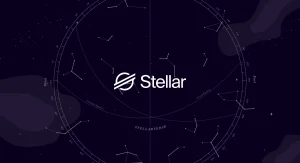Taproot.watch has added a new feature showing that a vast majority of Bitcoin mining hash rate supports Taproot activation.
Taproot.watch, the website built by Hampus Sjöberg for people to follow along Bitcoin soft fork upgrade Taproot’s path to activation, has added a data visualization that showcases the total “potential” acceptance by network hash rate.
By adding the “potential” hash rate share, the website now enables Bitcoiners to quickly get a better sense of how likely the soft fork is to be locked in as a protocol upgrade for November. Mining pools that have mined at least one “green” block (i.e., a block that signals Taproot activation) will count toward the new metric, while the “current total” is summarized as before: the percentage of hash rate signaling for activation based on pools’ most recently mined block and hash rate share.
At the time of writing, 95.47% of the Bitcoin network hash rate has at least once mined a green block, in contrast to an 85.57% figure of those showing support for Taproot in their latest blocks. However, Taproot.watch also indicates that the soft fork will have to wait for another epoch to be locked in because there are 13% non-signaling blocks in the current signaling epoch –– it requires 90% of blocks to be green in an epoch.
Taproot is a protocol upgrade that could bring more privacy and smart contract flexibility to Bitcoin. But because it requires fundamental changes to the protocol, its activation is difficult and the method for activating it has been somewhat contentious. Many in the space are hopeful that Taproot will be activated by miner signaling soon so that a larger debate about making changes to Bitcoin, reminiscent of the infamous block size debate of a few years ago, can be avoided.




















